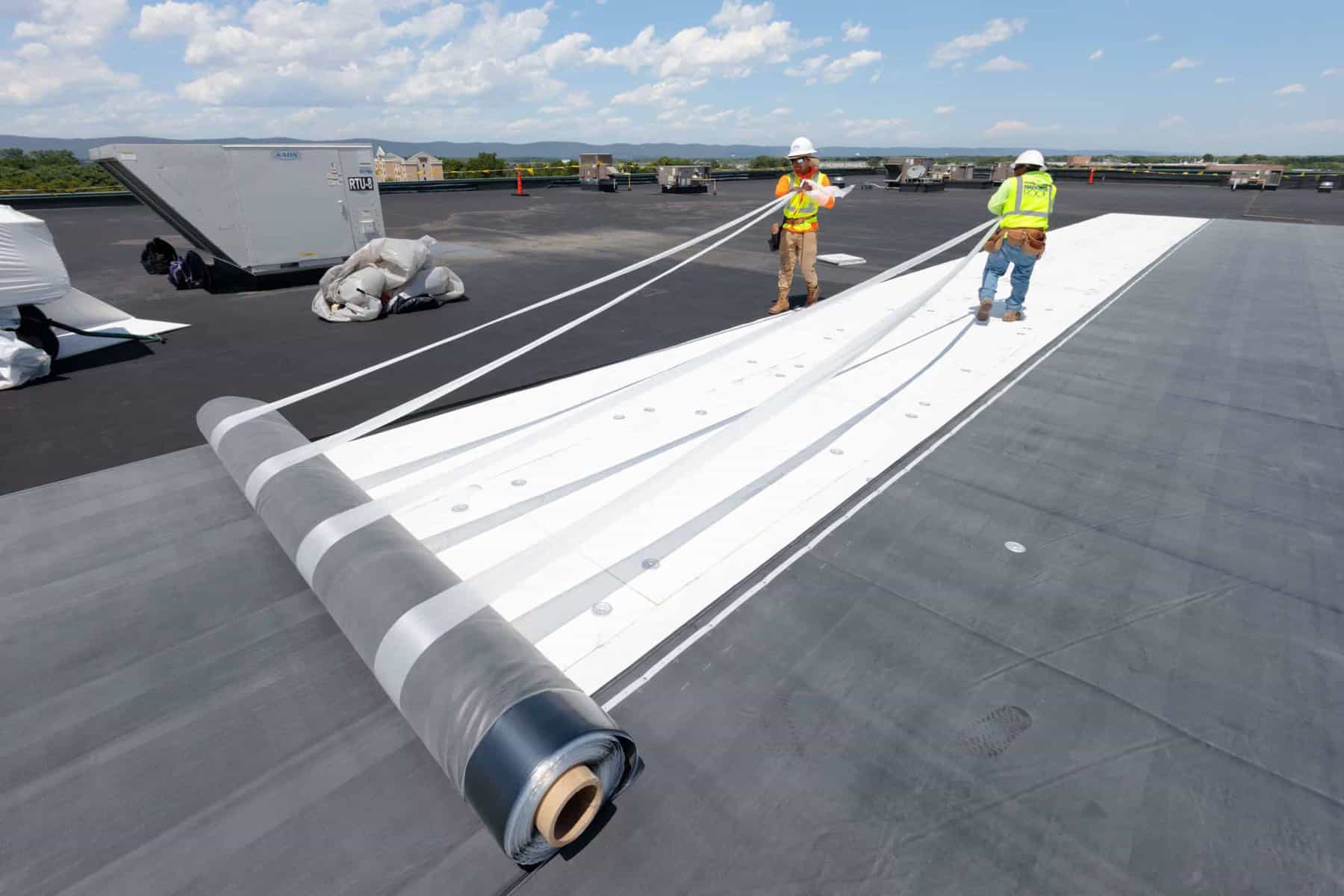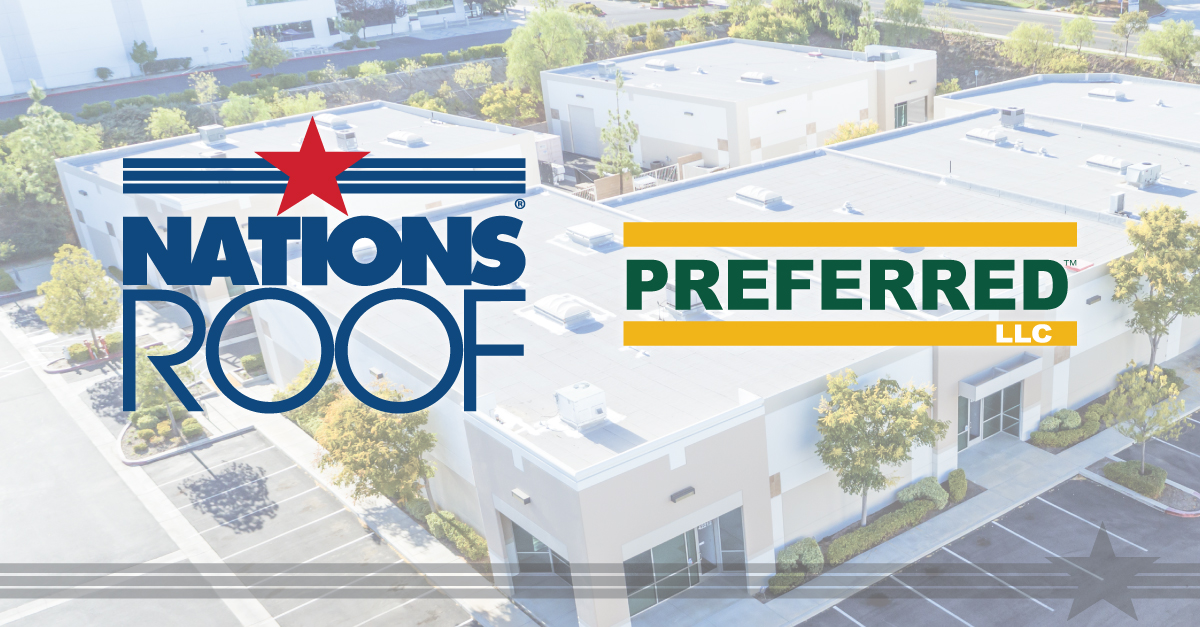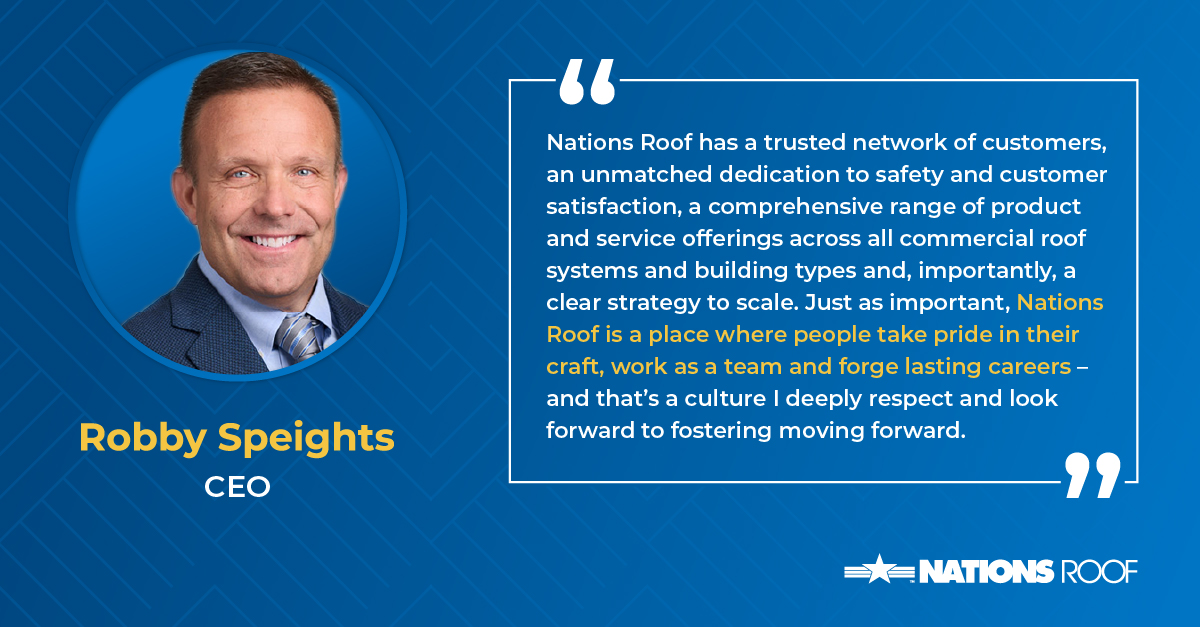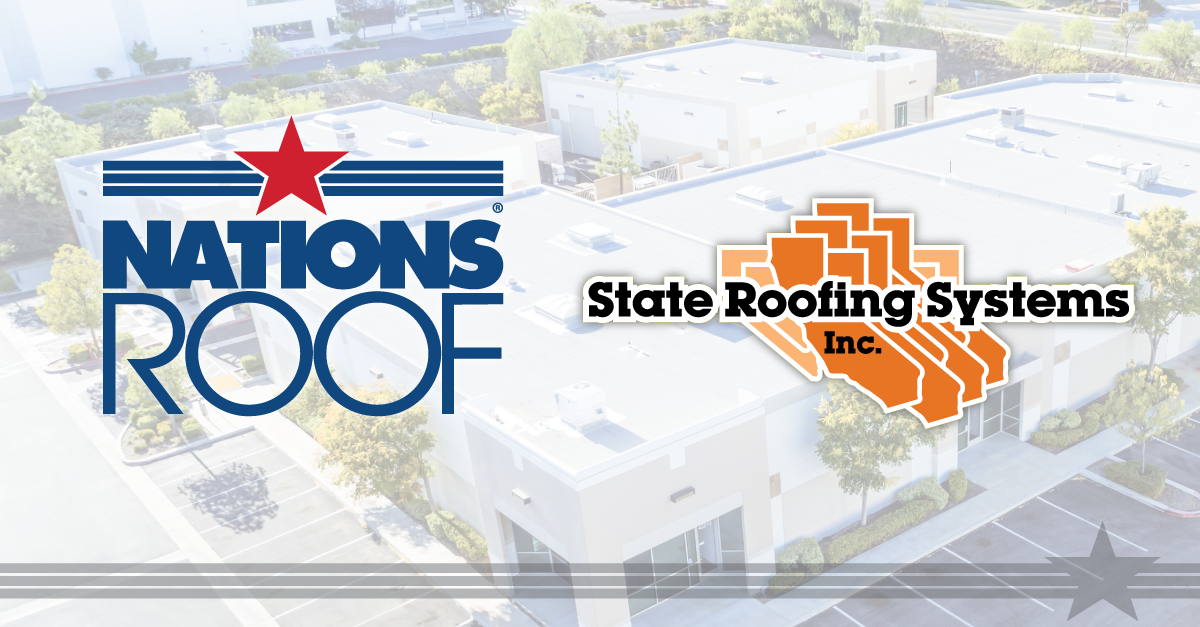Single-Ply Membrane Roofing: PVC, TPO & EPDM Systems Explained
By Nations Roof on Sep 11, 2025 9:02:34 PM

Single-ply membranes are among the most widely used commercial roofing systems in North America — and for good reason. Lightweight, durable, and energy-efficient, these systems offer property owners and facility managers a versatile solution for flat and low-slope roofs.
There are three main types of single-ply membranes: PVC, TPO, and EPDM. Each has unique properties, benefits, and best use cases.
Why Single-Ply Membranes Are So Popular
-
Proven history: EPDM has been in use since the 1960s; TPO was introduced in the 1990s; PVC systems have been widely adopted since the 1970s.
-
Lightweight & flexible: Easier to install than multi-layer asphalt systems.
-
Factory-controlled quality: Manufactured under strict standards for consistency and reliability.
-
Long service life: With proper installation and maintenance, many systems last 20–30 years.
-
Energy efficiency: Light-colored membranes reflect UV rays, reducing cooling costs and contributing to LEED points.
Thermoplastic vs. Thermoset Membranes
Single-ply membranes fall into two categories:
-
Thermoplastic (PVC & TPO): Soften with heat and seams are heat-welded, creating strong, watertight bonds.
-
Thermoset (EPDM): Rubber-like material that doesn’t melt with heat; seams are sealed with adhesives or tapes.
Types of Single-Ply Roofing Systems
PVC (Polyvinyl Chloride)
PVC membranes are strong, durable, and highly resistant to fire and chemicals.
Advantages:
-
Superior seam strength with heat welding
-
Excellent resistance to moisture, wind, fire, and chemicals
-
Impact-resistant and UV reflective
-
Lifespan: 15–30 years with proper care
TPO (Thermoplastic Polyolefin)
TPO is one of the fastest-growing roofing systems in the U.S., especially in warm climates.
Advantages:
-
Reflective surface reduces cooling costs
-
Resistant to pollutants, chemicals, and UV rays
-
Excellent wind resistance and durability
-
Stronger than EPDM against tears and punctures
-
Lifespan: 20–30 years with proper maintenance
EPDM (Ethylene Propylene Diene Monomer)
Known as the “rubber roof,” EPDM is affordable and ideal for large commercial projects.
Advantages:
-
Cost-effective, especially for large buildings
-
Flexible in cold climates and resistant to UV radiation
-
Available in large sheets, reducing seams and labor
-
Compatible with coatings for extended performance
-
Lifespan: 20–30+ years when maintained
Key Considerations for Owners & Facility Managers
-
Budget: EPDM is often the most cost-effective upfront; TPO balances cost and performance; PVC is premium but offers chemical/fire resistance.
-
Climate: TPO and PVC excel in hot, sunny areas; EPDM performs well in colder climates.
-
Usage: Consider foot traffic, rooftop equipment, and exposure to grease, chemicals, or standing water.
-
Maintenance: All single-ply systems require regular inspections and prompt repair of punctures or seam issues.
Key Takeaways
-
Single-ply membranes dominate the commercial flat roof market.
-
PVC = strong, fire- and chemical-resistant.
-
TPO = energy-efficient and durable in warm climates.
-
EPDM = cost-effective and flexible for large buildings.
-
Lifespans range from 15 to 30+ years, depending on system and care.
Nations Roof:
Experts in All Single-Ply Systems
At Nations Roof, we install and maintain all three types of single-ply roofing systems. Our specialists consider your building size, location, usage, and budget to recommend the right solution.
Whether you need installation, repairs, or emergency service, our certified crews deliver warranty-compliant work with the safety and reliability you expect. Get in Touch to schedule a roof inspection or consultation.
You May Also Like
These Related Stories

Nations Roof Acquires Preferred Roofing Services

Nations Roof Appoints Robert Speights as Chief Executive Officer



